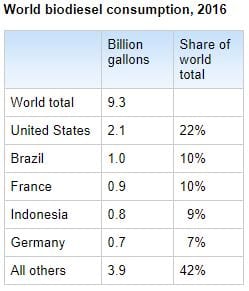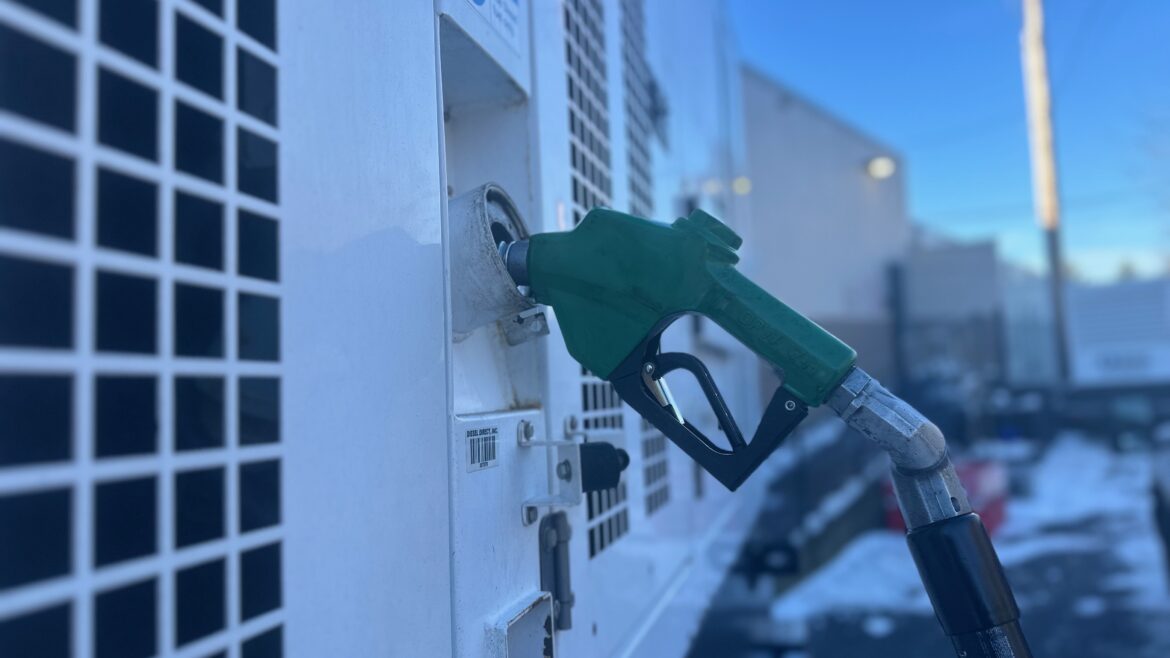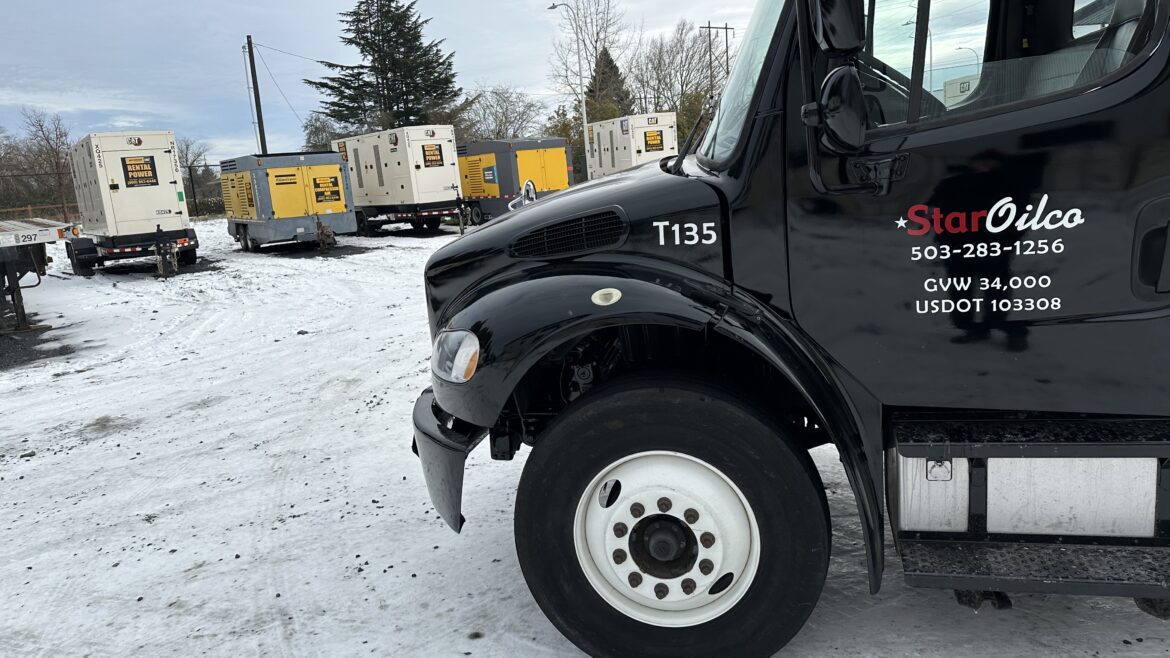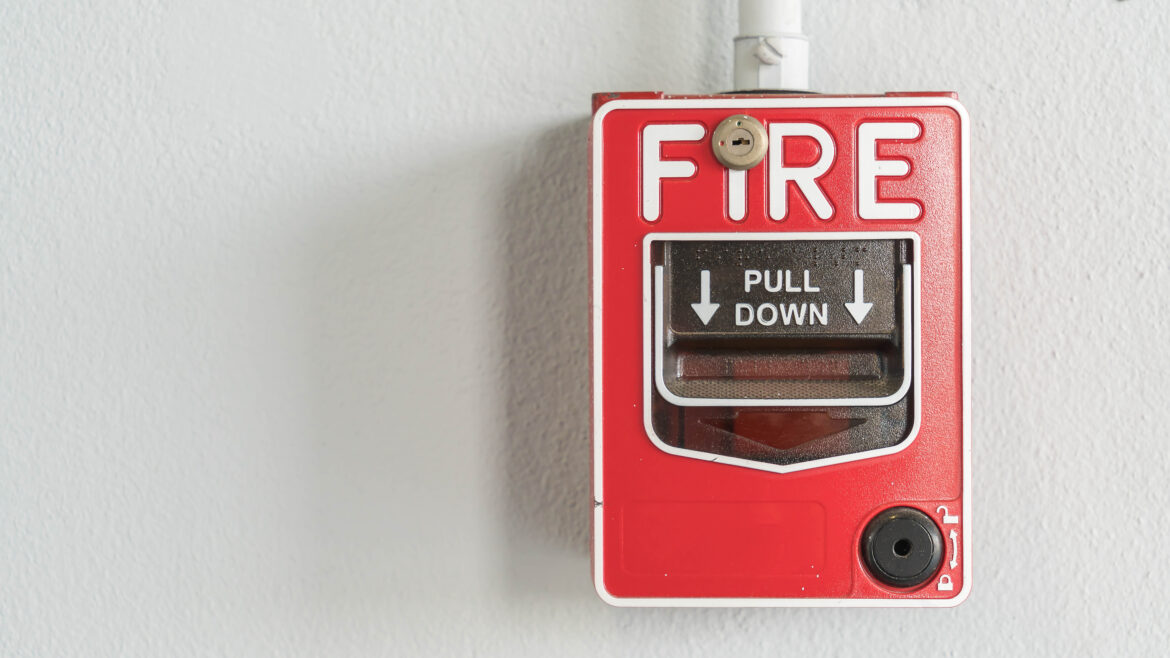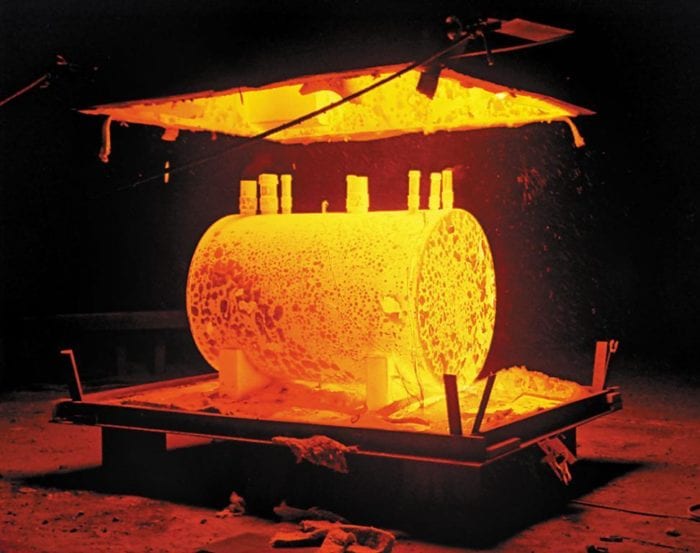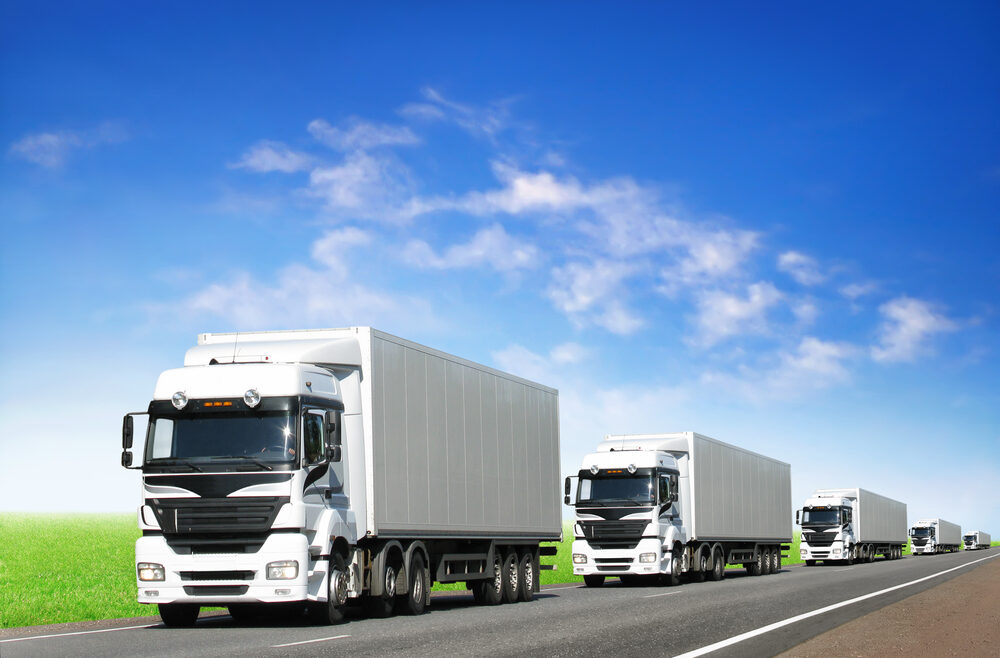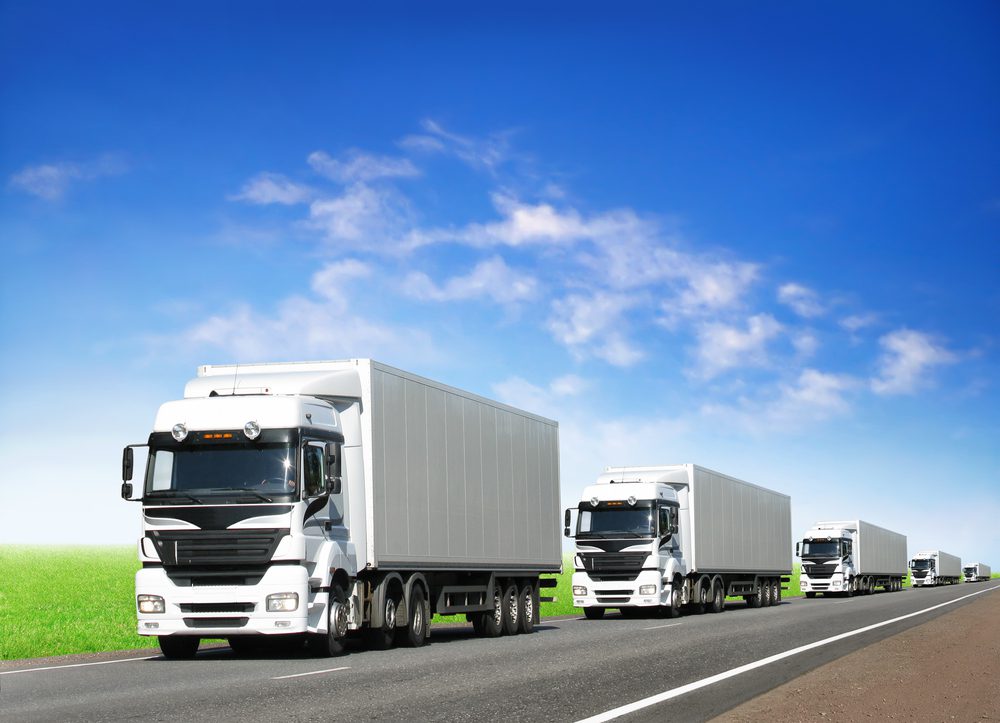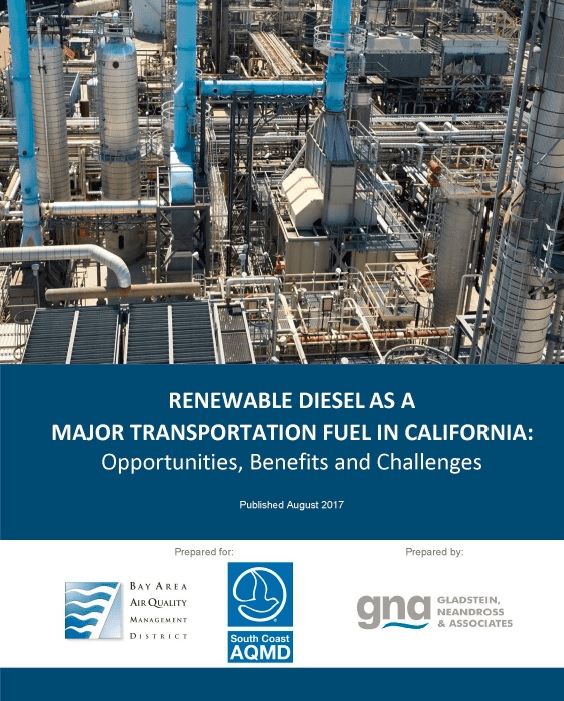Emergency Back-Up Generator Fuel Quality Assurance
Emergency Back Up Generator Diesel Fuel Quality
The fuel in your generator is the single most overlooked item in maintaining a back up generator. Be prepared and know your back up generator diesel fuel quality is ready with these best practices.
When the power goes out, don’t let a decade old tank of diesel be your weak link.

As a provider of back up generator fueling services we know how critical fuel is in an emergency.
Back up generators are everywhere when you start looking for them. Rarely needed but when a storm or disaster strikes their failure to fire will be extremely conspicuous. In the Pacific Northwest where resilience planning around a major subduction zone earthquake is a monthly subject of talk. Back up diesel will be the only immediately power source after a quake. Diesel generators are taking center stage for emergency preparedness, placing those who maintain them in some high level policy discussions.
Avoid a double emergency when the back up power isn’t there for your need by focusing on the diesel fuel quality.
The worst case scenario for fuel quality is water getting into your diesel fuel reservoir as well as biological growth occurring in that water logged diesel. If water is present in diesel, and that diesel is in a warm dark place, bacteria will start growing in your tank. So first preventive step is watch for water. The most likely problem with fuel you will see is the fuel aging and degrading in place over years of not being used. That can be addressed with your routine maintenance on the tank.

NOTE: To get a small amount of water or to ensure a dryer tank of fuel, CIM TEK makes a Tank Dryer which absorbs a small amount of water in a tank. Handy similar to adding a desiccant into a closet with a slight condensation issue.
Back up power generator diesel fuel quality.
The big rule for storing back up generator fuel is to make sure the diesel you use is clean and dry.
First ensure you are testing the generator by running it once a month. Move fuel through the system and ensure the generator is starting right up. Run the generator for a while to use up fuel and be prepared to order a regular top off when you get below 3/4th of a tank. When checking the fluids on the generator prior to start up see if the fuel filter has a visual transparent bottom where you can see what the fuel looks like there. If it looks like dirty fuel or there is evidence of water take notice. After cycling the generator take a peek and make sure the fuel it’s pulling into the generator is bright (not dark and degraded). If you are seeing any water (even a small drop) that is an indication of real concerns.
If you are using up half a tank a year and adding to it, the fuel quality will usually stay within specification. If you have worries the easiest way is to just start over. With older generators sometimes it’s a good idea to just evacuate the tank (empty all the older diesel fuel) and replace it with fresh diesel treated and stabilized for long term storage.
Most back up generators are seeing routine annual maintenance where the mechanical needs of the equipment are walked through. If this is occurring ask for a bottom sample from the back up generators fuel tank. Also ask to see what the fuel in the bottom of the fuel filter (assuming they are changing that) would give an indication if problems might exist deep in the fuel tank.

Sampling and Onsite Testing of Fuel from Generator Diesel Tank:
- Pull sample from tank bottom
- Use a professional “Bacon-Bomb Sampler” (google it to see one) or a small fuel transfer pump available at any auto parts store.
- Visually inspect it by swirling it in a beaker or mason jar.
- Look for water and dirt fall out as you swirl. If you see a few drops of water form you’ve got a water problem. If you are seeing coffee ground type material in the fuel, that’s biological growth. If an algal or gunk type slime appears, that’s also biological growth.
- If clear like cranberry juice and bright – your fuel is in good shape. If a darker cherry color yet still clear, your fuel is aging and you should consider swapping or burning fuel off in the next year.
- If fuel is dark in color (showing that it is aging in the tank) you can send that sample to a lab to test it. You want to ensure you are confirming the following:
- Oxidation Stability (or Accelerated Stability)
- Water Content in PPM (under 50 PPM is what you want, under 100 PPM is not uncommon, and over 100 PPM there is probably water in the fuel and you want to pursue remedial action.)
- Make sure the fuel testing lab you are using (your current fuel vendor should have a recommendation or do it for free for you) is checking for:
- oxidative stability (if it’s aging out of specification),
- biological growth (if bugs are growing in it),
- water content (indicating a puddle someplace in the tank causing higher water content in the fuel) and,
- dirt content of the fuel (if there is dirt, there is probably biological growth or some other problem).
- Set aside sample in a warm dark place for a month and check it for biological growth occurring which will confirm if you have fuel growing inside the tank.
- How to test diesel for biological growth In-House:
- Take your sample that appears to be in great condition and set it aside in a warm dark place for a month (day light kills most biological growth in fuel, though day light ages your diesel in other ways).
- When you come back to look at the sample, if a film or layer of darker color is appearing in the fuel, this is biological growth occurring.
- If you see nothing and want to experiment further, add a slight amount of water to this sample, shake it up, and put it back in a warm dark place.
- When you check back if there is a a new layer of darker color on the surface of where the water contacts the fuel, that’s what grows in your tank.
- If nothing grows, your fuel is safely stabilized for storage this year. Even if water is finding its way into your fuel tank, the fuel is safe and will be ready to start.
- NOTE: Do not leave water in your tank, even if the fuel looks good. Eventually it will be a major problem and something will grow. If you are putting biocide in your tank regularly and their is an environment for growth, something resistant to that biocide will take root and you WILL NOT be able to get it out of the tank without serious effort.
- How to test diesel for biological growth In-House:

NOTE: If you are curious to see a fuel lab analysis of the diesel this is an example. This is a lab analysis from Hydrotex, Star Oilco’s premium diesel additive provider. They are very supportive in testing everything we send them for quality assurance.
Do you have questions about generator diesel fuel storage?
If you have questions about fuel storage, Star Oilco has answers. Star Oilco does not do tank cleaning, we still will help you figure out what you need to do in order to have the result you need.
Contact Form
For more on Diesel Fuel Quality Assurance please see these other Star Oilco articles:
Desiccant breathers, dry diesel, and keeping your diesel fuel clean.
Every question Star Oilco has been asked about dyed diesel.
Keep and make your diesel fuel cleaner.
Bioguard Plus 6, Kill and prevent biological growth in your diesel fuel storage tank.


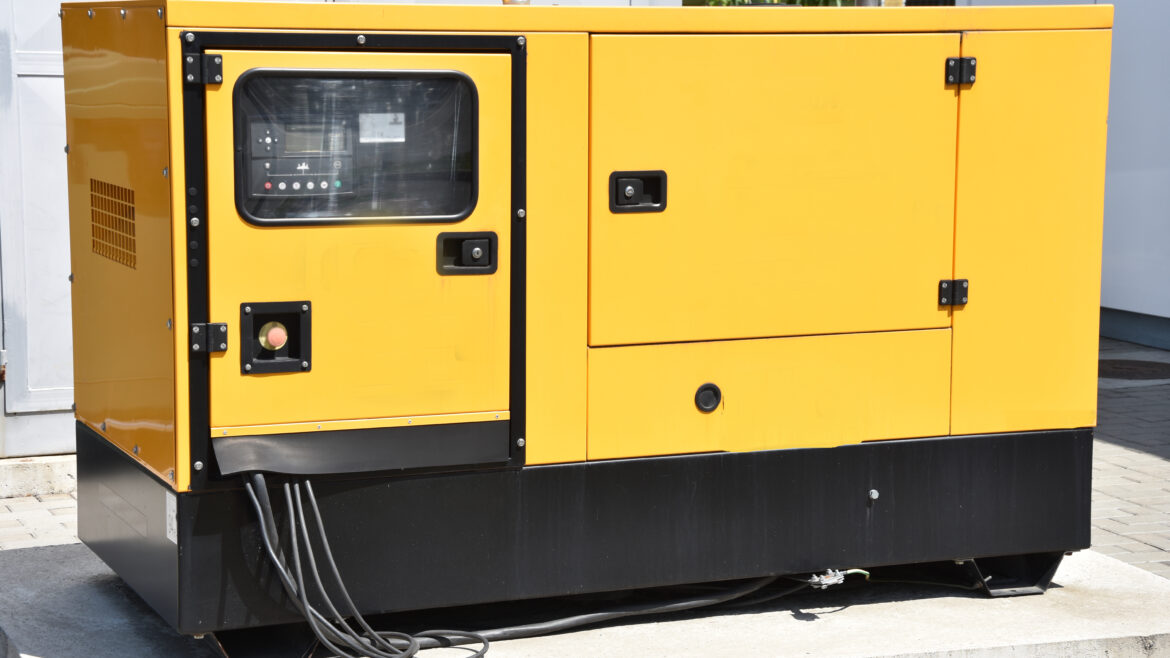
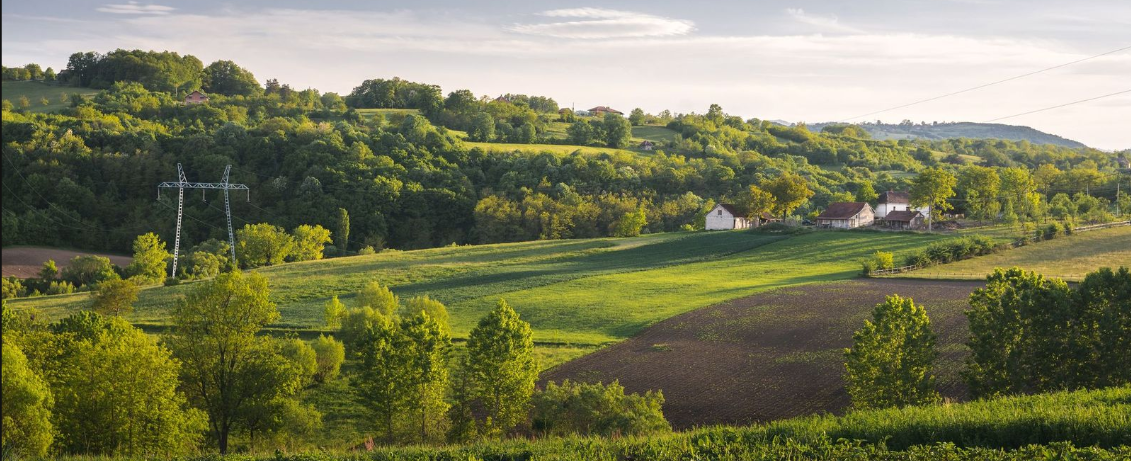
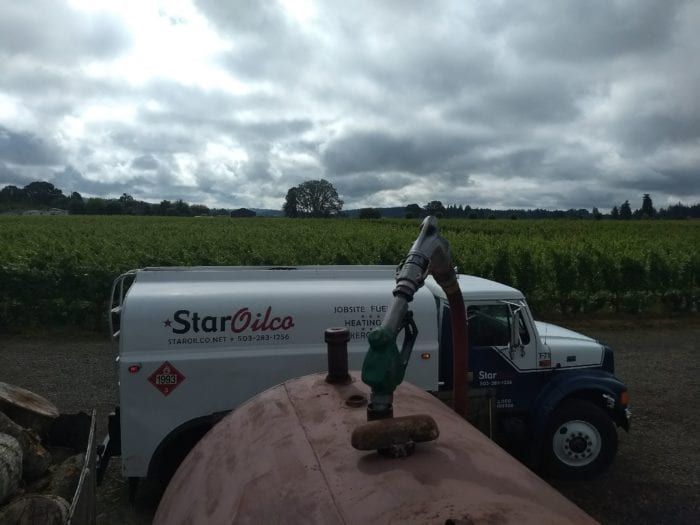







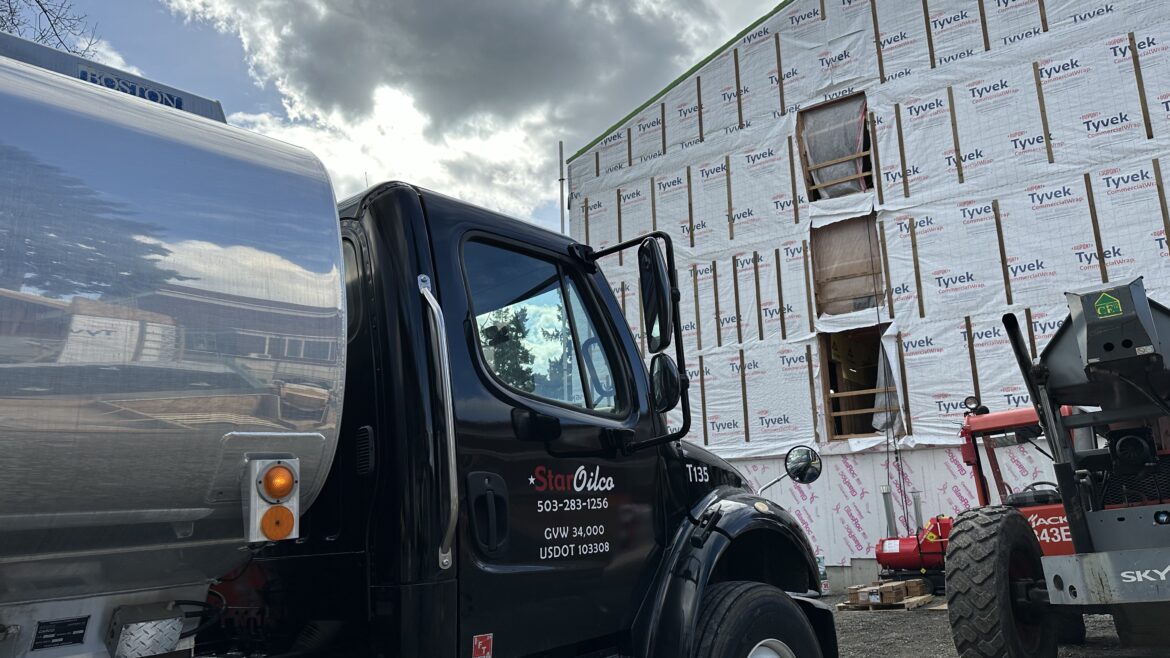

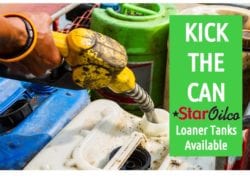
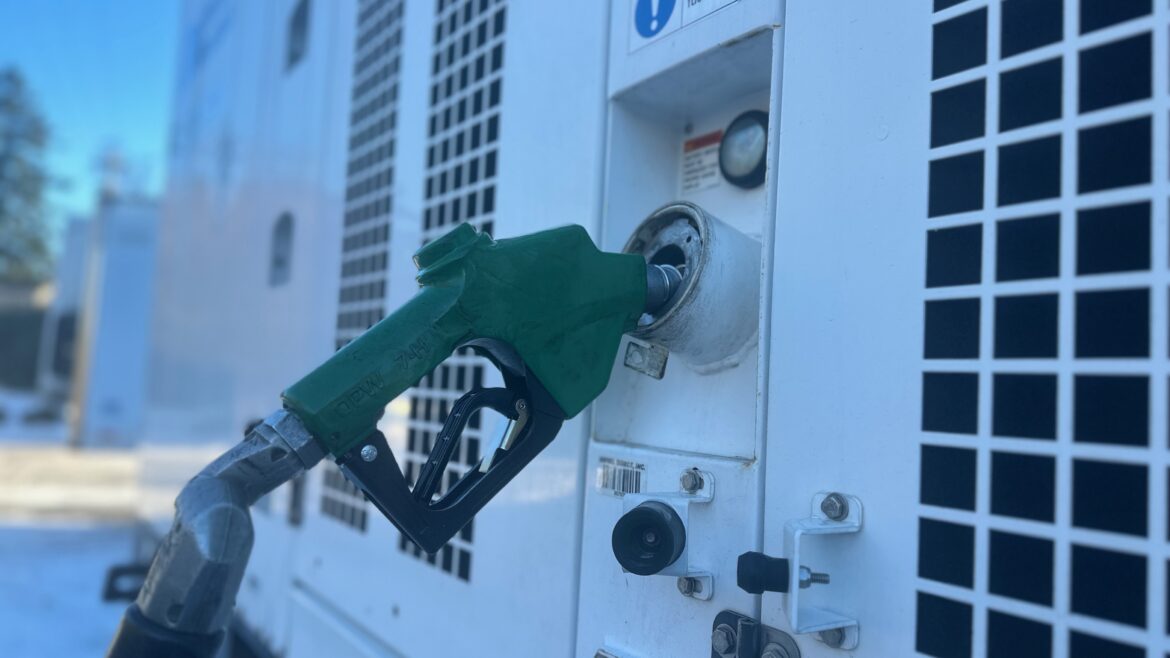
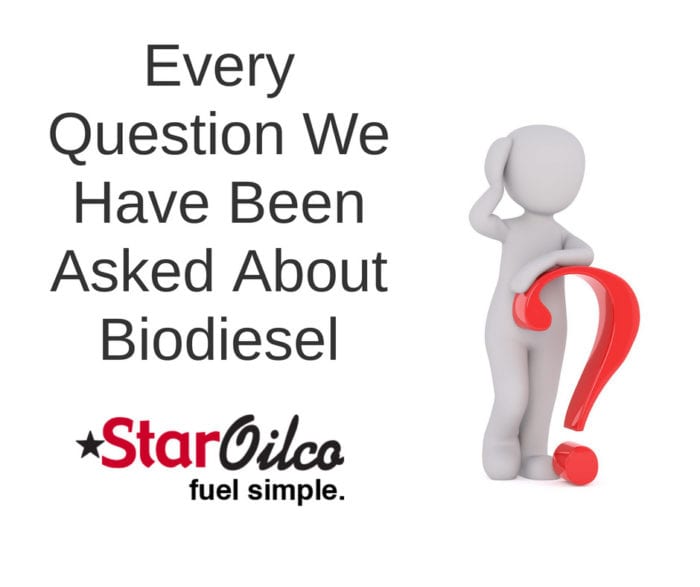
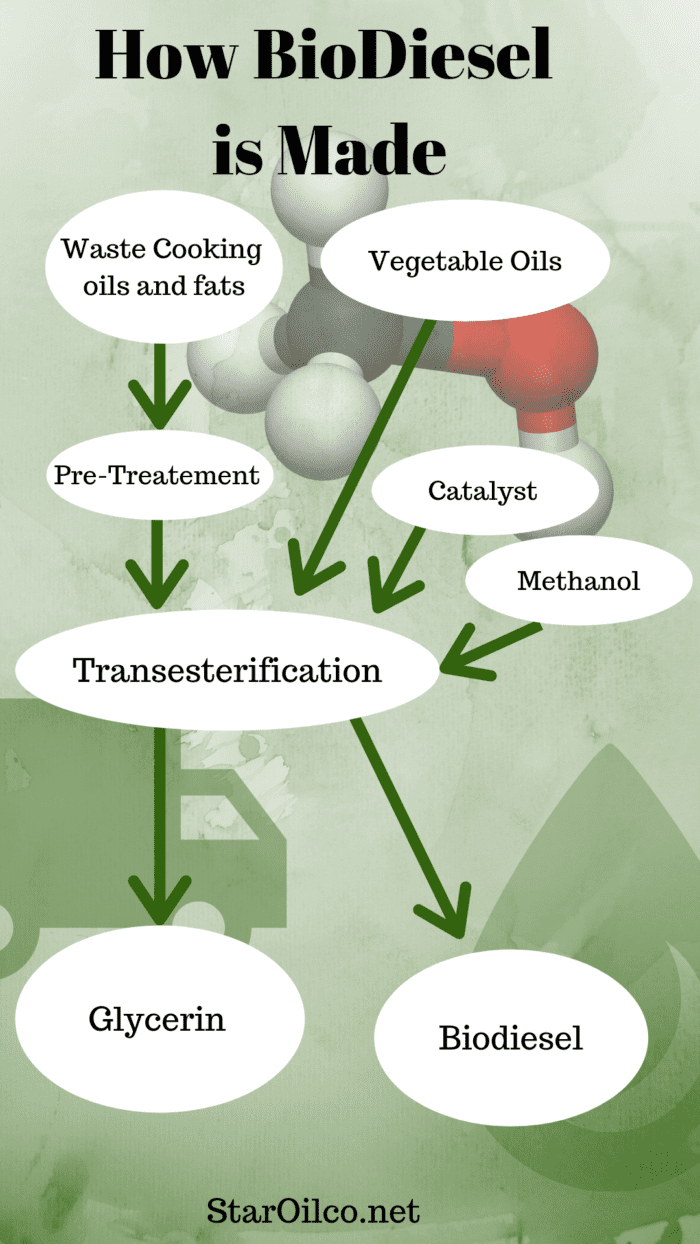
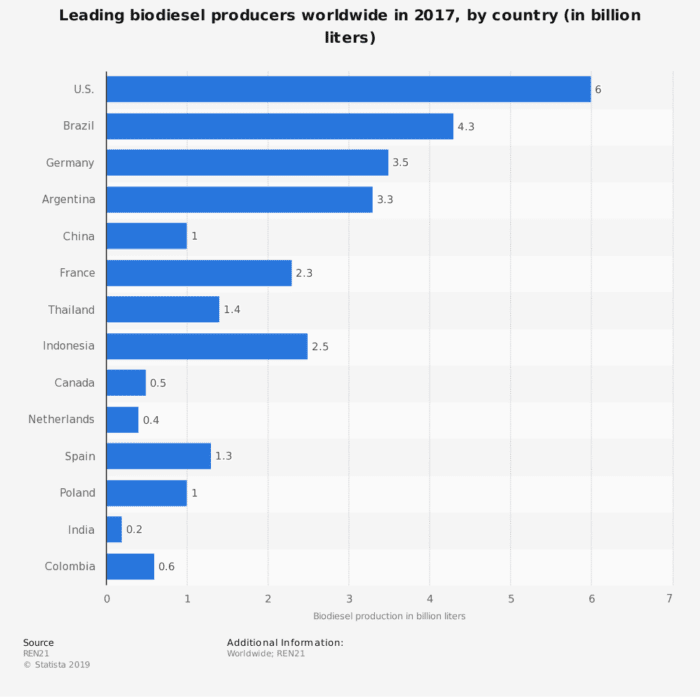
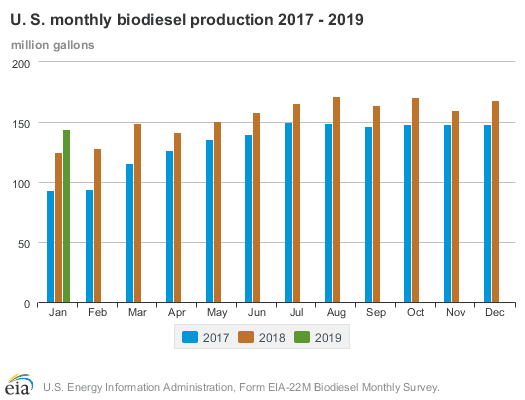
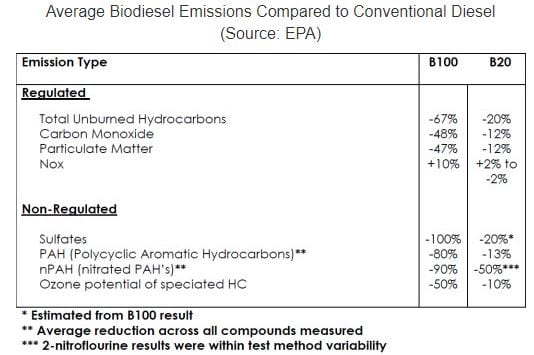 When you use biodiesel, you’re using CO2 that is being captured by the growing plants or the waste. This is current CO2 you aren’t adding to the net sum in the environment.
When you use biodiesel, you’re using CO2 that is being captured by the growing plants or the waste. This is current CO2 you aren’t adding to the net sum in the environment.